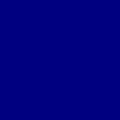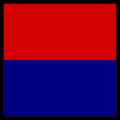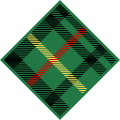Army
Current
| Parachute Regiment | ||||
|---|---|---|---|---|
| HQ, Parachute Regiment | 1st Battalion, Parachute Regiment | 2nd Battalion, Parachute Regiment | 3rd Battalion, Parachute Regiment | 4th Battalion, Parachute Regiment |
 |  |  |  |  |
| Depot, Parachute Regiment and Airborne Forces | ||||
 | ||||
| Other units of the 16th Air Assault Brigade | ||||
| 7 HAT | 23 Parachute Engineer Regiment | 13 Air Assault Regiment Royal Logistics Corps | 16 Medical Regiment | EOD Troop 33 Regiment Royal Engineers |
 |  |  |  |  |
| 9 Parachute Squadron, Royal Engineers | 216 Parachute Signals Squadron | 8 Field Company Royal Electrical and Mechanical Engineers | D Squadron, Household Cavalry Regiment | 156 Provost Company Royal Military Police |
 |  |  |  |  |
| Brigade HQ | Brigade Pathfinder Platoon | |||
 |  | |||
Inactive
| 10th Battalion, Parachute Regiment | 15th (Scottish) Parachute Battalion |
|---|---|
 |  |
